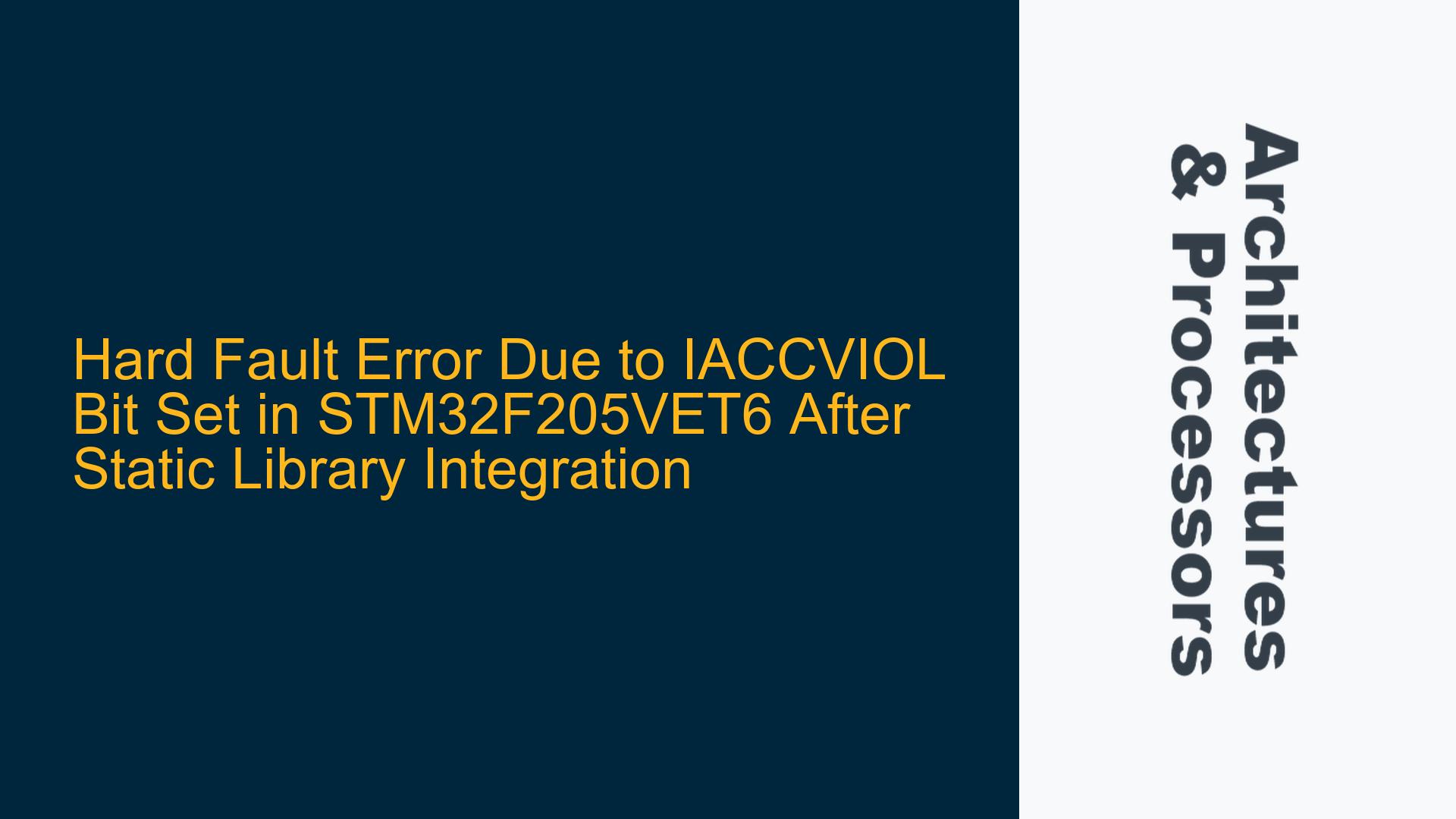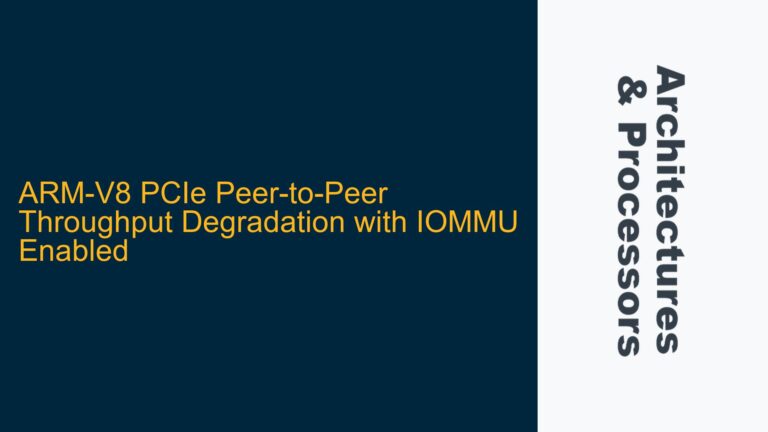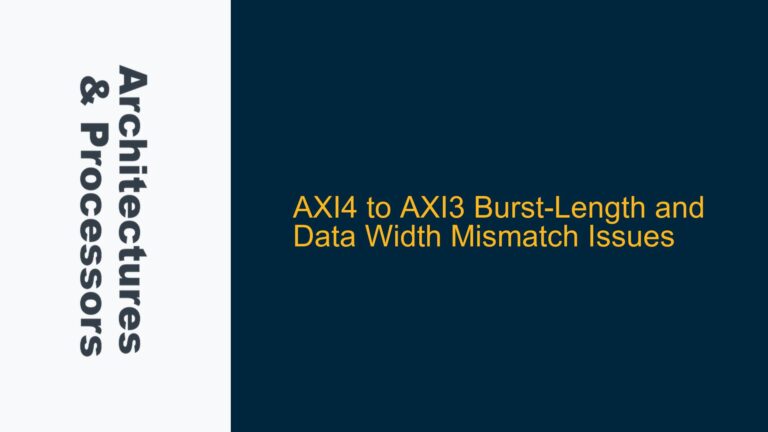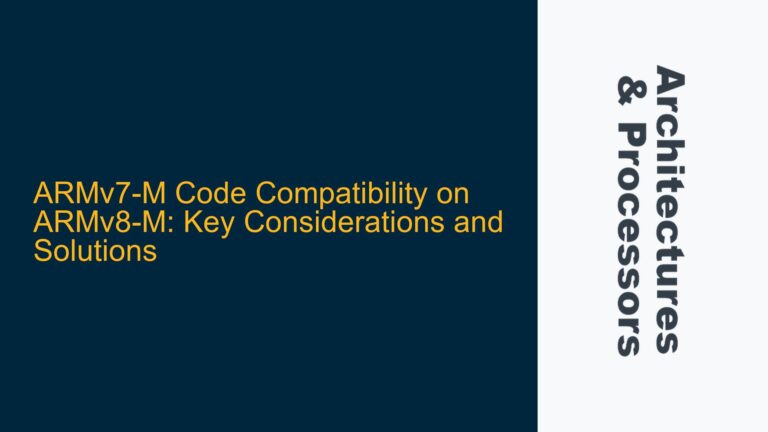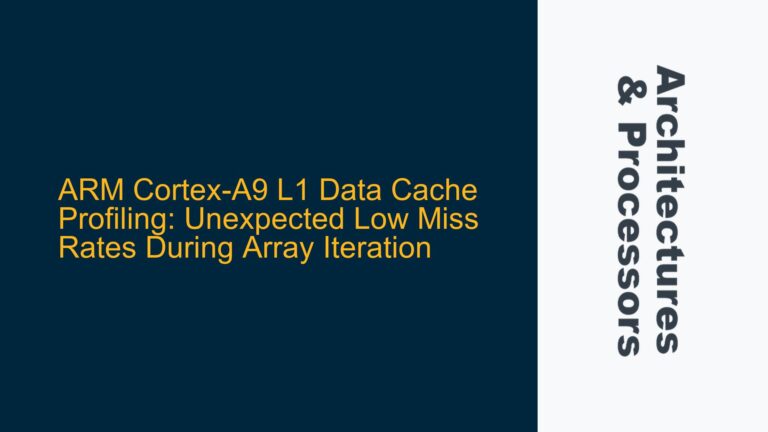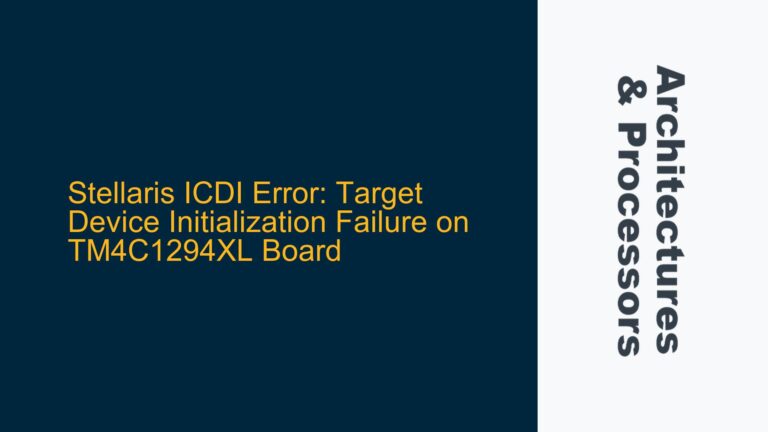ARM Cortex-M3 Hard Fault Triggered by Instruction Access Violation (IACCVIOL)
The core issue revolves around a Hard Fault error occurring on the STM32F205VET6 microcontroller, specifically triggered by the IACCVIOL (Instruction Access Violation) bit being set in the Configurable Fault Status Register (CFSR). This error manifests after integrating a static library into the application firmware. The IACCVIOL bit indicates that the processor attempted to execute an instruction from a memory location that is either invalid or inaccessible due to memory protection constraints. This is a critical issue as it halts normal program execution and forces the system into a Hard Fault state, rendering the application non-functional.
The STM32F205VET6 is based on the ARM Cortex-M3 architecture, which includes a Memory Protection Unit (MPU) and a nested vectored interrupt controller (NVIC). The Cortex-M3 core enforces strict memory access rules, and any violation of these rules results in a Hard Fault. The IACCVIOL bit specifically points to an issue with instruction fetch operations, suggesting that the processor is trying to execute code from a memory region that is either not executable or improperly configured.
Understanding the root cause of this issue requires a deep dive into the memory map of the STM32F205VET6, the configuration of the MPU (if enabled), and the linker script used to place the static library code in memory. Additionally, the interaction between the application and the static library must be examined to identify any misconfigurations or conflicts in memory usage.
Memory Map Misalignment and MPU Configuration Issues
The most likely cause of the IACCVIOL error is a misalignment between the memory regions defined in the linker script and the actual memory map of the STM32F205VET6. When integrating a static library, the linker script must ensure that the library code is placed in an executable memory region, such as Flash or RAM (if executing from RAM is intended). If the library code is inadvertently placed in a non-executable region, such as a peripheral memory area or an unused memory space, the Cortex-M3 core will trigger an IACCVIOL error when attempting to execute instructions from that region.
Another potential cause is the improper configuration of the Memory Protection Unit (MPU). The MPU can be used to define memory regions with specific access permissions, such as read-only, write-only, or execute-only. If the MPU is enabled and the region containing the static library code is not marked as executable, the processor will generate an IACCVIOL error. This is particularly relevant if the static library is placed in a custom memory section that is not covered by the default MPU settings.
Additionally, the static library itself may contain code that relies on specific memory attributes or alignment requirements. For example, if the library includes functions that use Thumb-2 instructions, the code must be aligned to a 2-byte boundary. Misalignment can lead to unpredictable behavior, including instruction fetch violations. Similarly, if the library code is compiled with different optimization settings or target architecture flags than the main application, it may result in incompatible instruction encodings or memory access patterns.
Finally, the issue could be related to the initialization sequence of the microcontroller. If the static library code is executed before the necessary memory controllers or clock configurations are fully initialized, the processor may attempt to fetch instructions from an uninitialized or inaccessible memory region. This is especially critical in systems where the static library is placed in external memory or requires specific clock settings to access certain memory regions.
Debugging Memory Access Violations and Resolving IACCVIOL Errors
To resolve the IACCVIOL error, a systematic approach to debugging and troubleshooting is required. The first step is to examine the linker script and ensure that the static library code is placed in an executable memory region. This involves verifying the memory sections defined in the linker script and confirming that the library code is correctly assigned to the appropriate sections. For example, if the library code is intended to reside in Flash memory, the linker script should map the library’s .text section to the Flash memory region.
Next, the MPU configuration should be reviewed if it is enabled in the system. The MPU settings must allow execution of code from the memory region where the static library is located. This can be achieved by defining an MPU region that covers the library’s memory space and setting the appropriate access permissions. For instance, if the library code is placed in a custom section of Flash memory, the MPU region should be configured with the XN (Execute Never) bit cleared to allow instruction fetches.
If the MPU is not enabled, it is still important to ensure that the memory attributes of the library code are correctly defined in the memory map. The Cortex-M3 core relies on the memory attributes to determine whether a memory region is executable. Misconfigured memory attributes can lead to unexpected behavior, even without MPU enforcement.
Another critical step is to analyze the Hard Fault exception stack frame to identify the exact memory address that caused the IACCVIOL error. The stack frame contains valuable information, such as the program counter (PC) and the memory address that triggered the fault. By examining these values, it is possible to pinpoint the location of the offending instruction and determine whether it resides within the static library or the main application.
In cases where the static library is placed in RAM, additional considerations are necessary. Executing code from RAM requires that the RAM region is marked as executable in the memory map and that the necessary initialization steps are performed before the library code is executed. This includes enabling the RAM controller, configuring the clock settings, and ensuring that the RAM is properly initialized.
Finally, it is essential to verify the compilation and linking settings for both the main application and the static library. Inconsistent optimization levels, target architecture flags, or memory models can lead to compatibility issues that manifest as instruction access violations. Ensuring that both the application and the library are compiled with compatible settings can prevent such issues.
By following these steps, the IACCVIOL error can be systematically diagnosed and resolved, allowing the static library to be successfully integrated into the STM32F205VET6 application.
